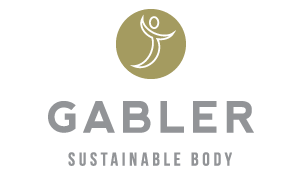What is fascia?
Fascia or connective tissue surrounds everything in your body: bones, organs, muscles, nerves, and makes up the fluid environment around every cell. Your tendons, ligaments, disks, and cartilage are made of fascia.
Fascia is made up of collagen, elastin, and other fibers that are bathed in cellular fluid. From head to toe, from skin to bone, you are connected by this adaptable, supportive architecture. If you have heard of fascia, you have most likely heard about it in the context of myofascia, or how fascia interacts with muscles. But have you heard about how important the whole fascial system is to your health and well-being?
Instead of thinking about your body as a set of separate muscles and bones, in Sustainable Body you will learn how your fascia supports you, how to align your body through the deep myofascial core, and how to hydrate your fascia so it is resilient, adaptable, and supportive.
Through the fascia you have the ability to influence your health dramatically.
You are never disconnected because your muscles and bones are embodied in one single, unified fascial web.
You sit, stand and walk held together by this fascial web.
Your fascial web, the “organ of posture”, is registering how you are using your body everyday.
If you are misaligned and repeat the same movements or postures, the fascia becomes strained and dehydrated over time.
Chronic pain and strain, stiffness, inflammation, tight muscles, restricted breathing, inefficient movement patterns, stress and glued fascial fabric are all a result of the body’s attempt to deal with the strain held in the fascial web.
Postural alignment is key to reducing chronic pain, strain, and stress on the fascial web.
Research shows that a healthy, resilient fascial system is key to being pain free.
A balance between the neurological and fascial systems is important to health and well-being.
Research shows that there are 10 times more nerve endings in fascia than there are in muscles, so treating the fascia is important.
By paying attention to the health of the whole fascial web, living pain-free becomes possible.
Want to know more about the fascia?
On YouTube, anatomy teacher Gil Hedley, Ph.D., gives a five-minute "Fuzz Speech" on the importance of movement and stretching to maintain the sliding properties of fascial tissue in the body.

